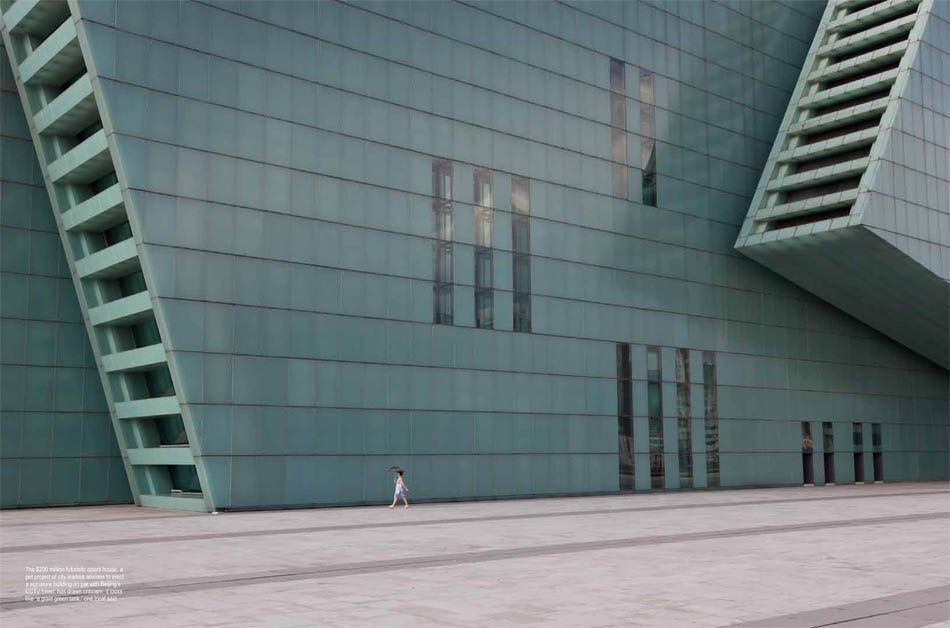Mar 17, 2011 | Development, Society
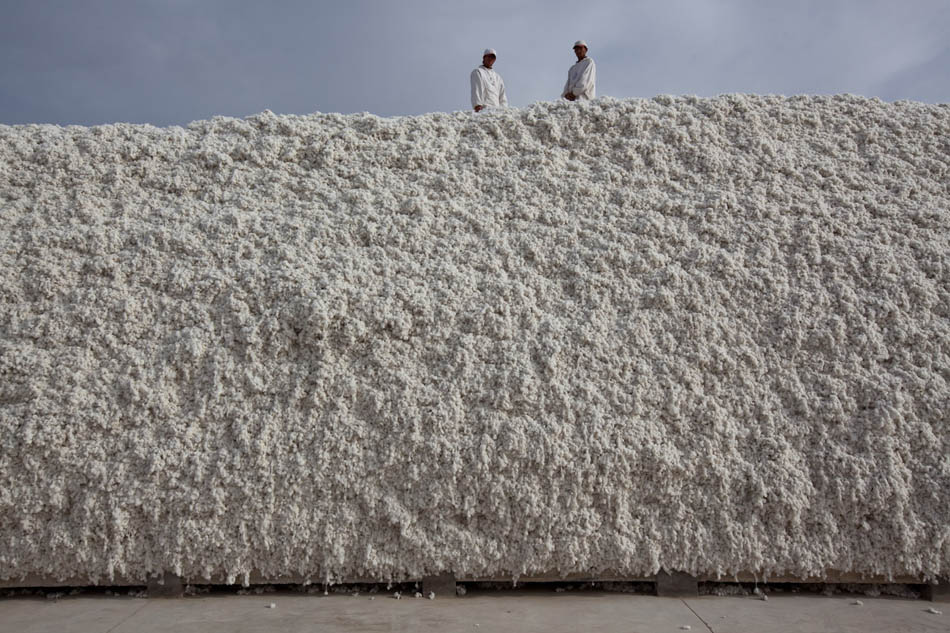
During a trip to Xinjiang last year, I was lucky enough to visit an industrial cotton farm and the attached processing plants. Xinjiang is the largest cotton-producing province in China, and China is the largest cotton-producing country on the planet. Needless to say the sheer amount of cotton being moved through these processing plants blew me away. Workers incessantly tossed and shifted around giant piles of cotton the size of houses before it all got sucked up into seed-removing machines that lined the corridors of the processing plants. Even the seeds removed from the cotton would form mountainous heaps, spirited away by specially designed conveyer belts outside the processing plants. Last year was also a tumultuous time for the cotton industry in general. Prices for cotton rose almost 80% after flooding in Pakistan and inclement weather in China and India ruined many crops. Now various clothing companies are switching to synthetic blends to keep costs down. The processing plants in Xinjiang might be working overtime, but it probably won’t help the already outrageous prices people pay for jeans these days.

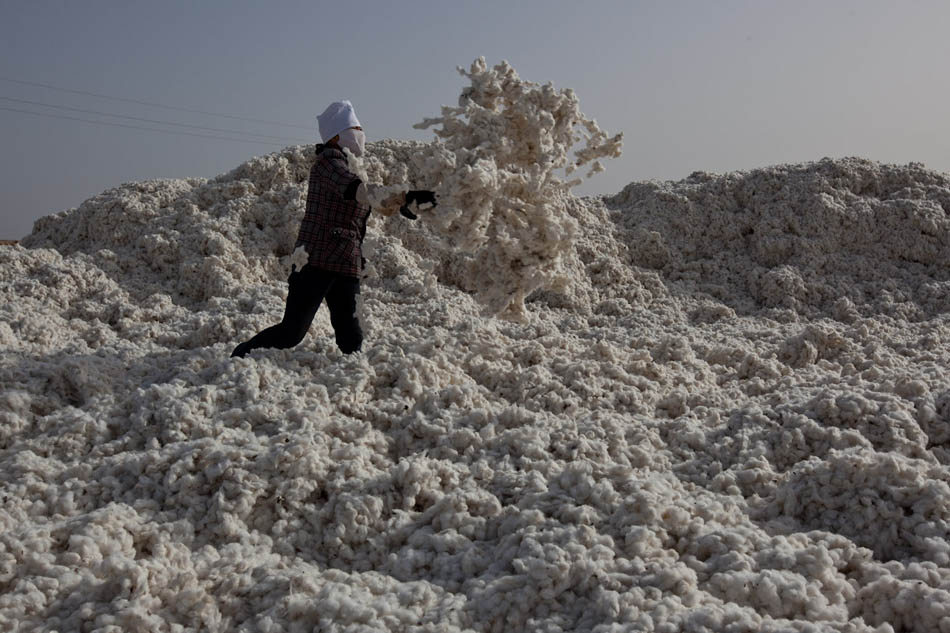
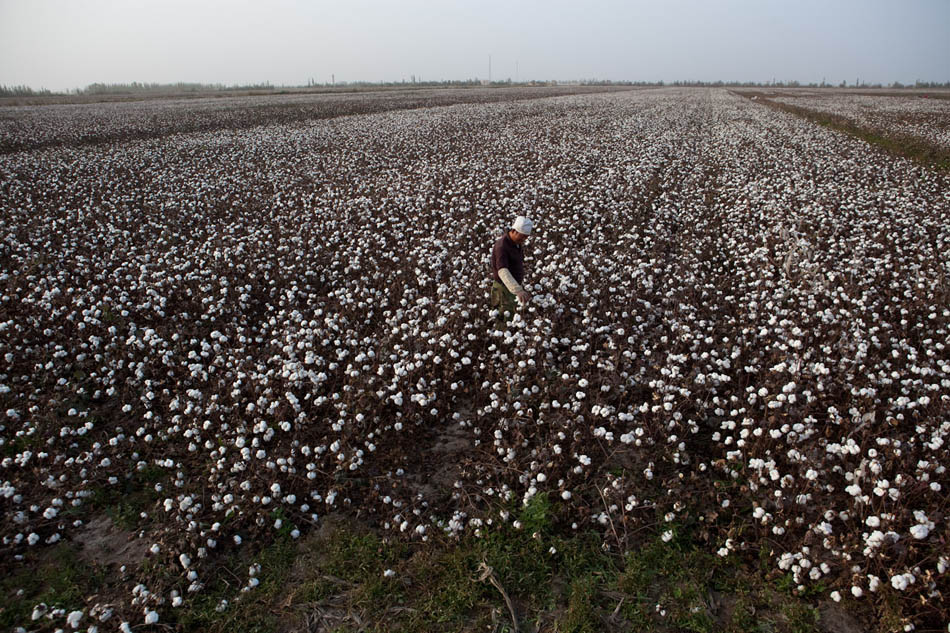
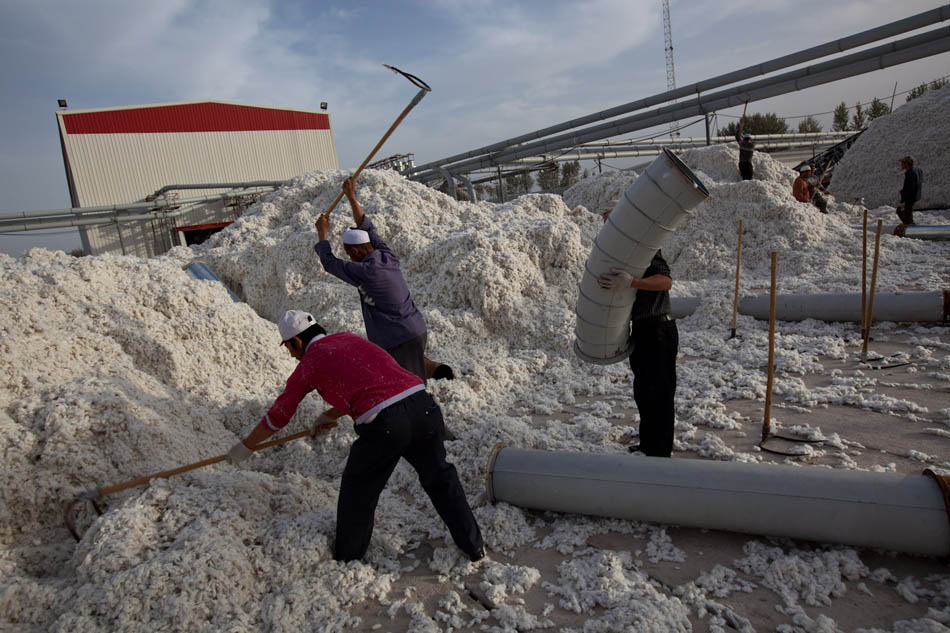
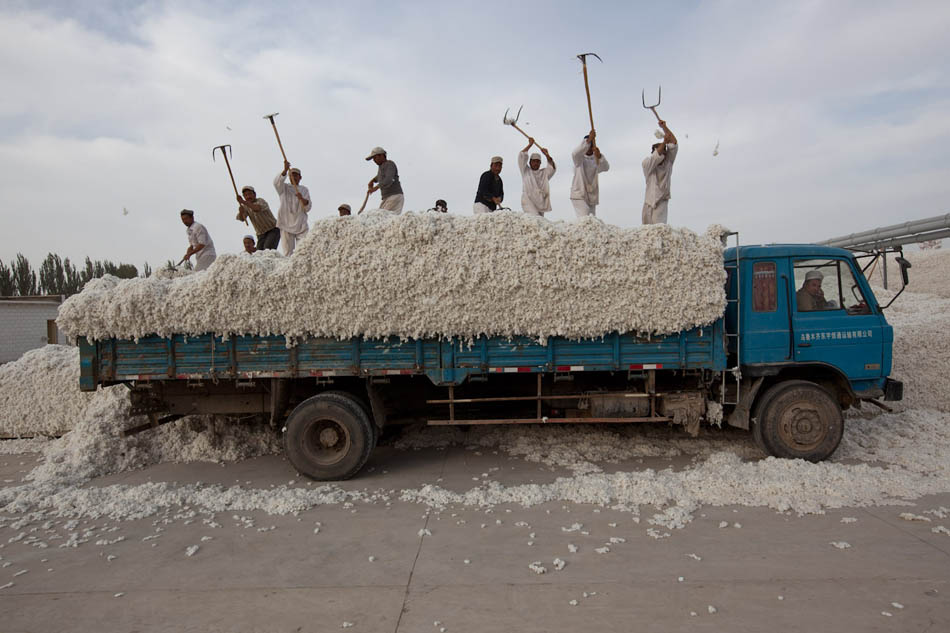
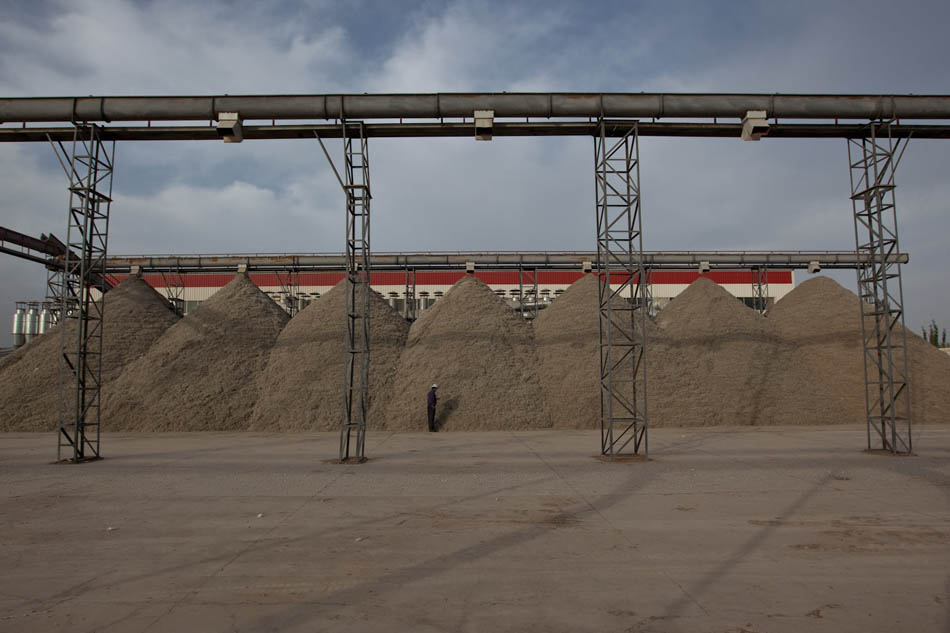

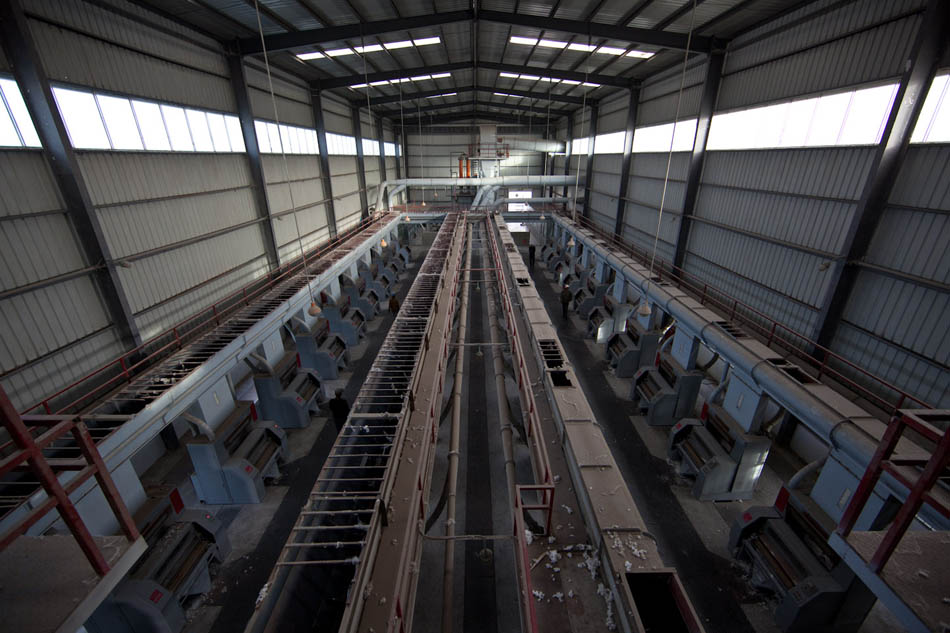

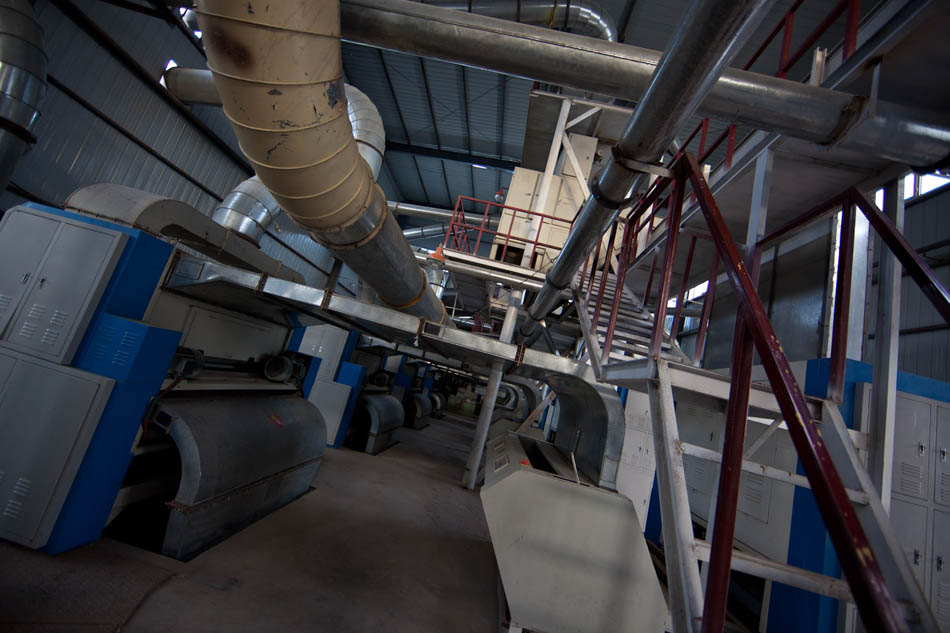
Feb 23, 2011 | Consumerism, Counterfeit Paradises, Development
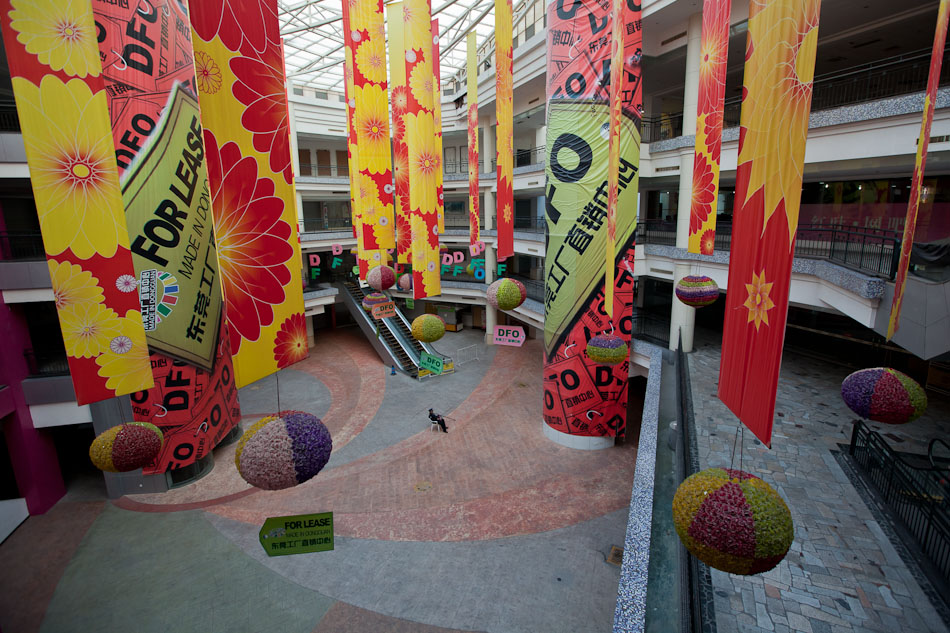
A local billionaire built it, and they did not come. The South China Mall was the most ambitious and largest retail space every conceived in China, if not the world, when it opened in 2005. Constructed smack in the middle of the Pearl River Delta between Shenzhen and Guangzhou, about 4 million people live within six miles of it, 9 million within twelve miles and 40 million within sixty miles. Nonetheless, six years later, the South China Mall only maintains a 1% occupancy rate at best. This unabatedly empty temple to consumerism remains unfinished on top floors and is only sporadically visited thanks to the attached amusement park, Amazing World. For the time being dust and dismembered mannequins reign over the 6.5 million square foot venture. Although China might be the fastest growing consumer market in the world, the South China Mall reveals the vulnerability of this burgeoning economic giant. Also, check out this short film done on the place by Sam Green.
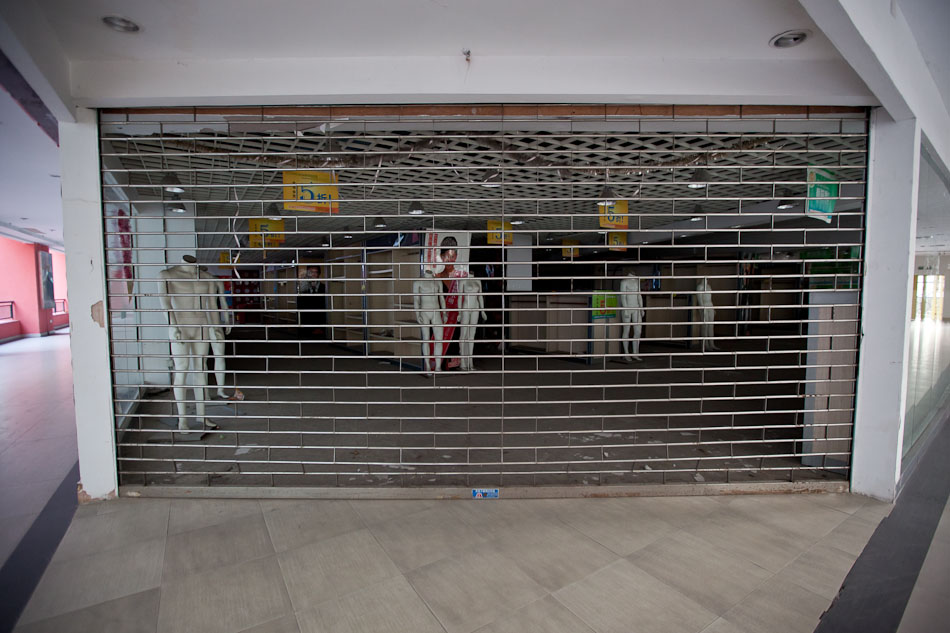
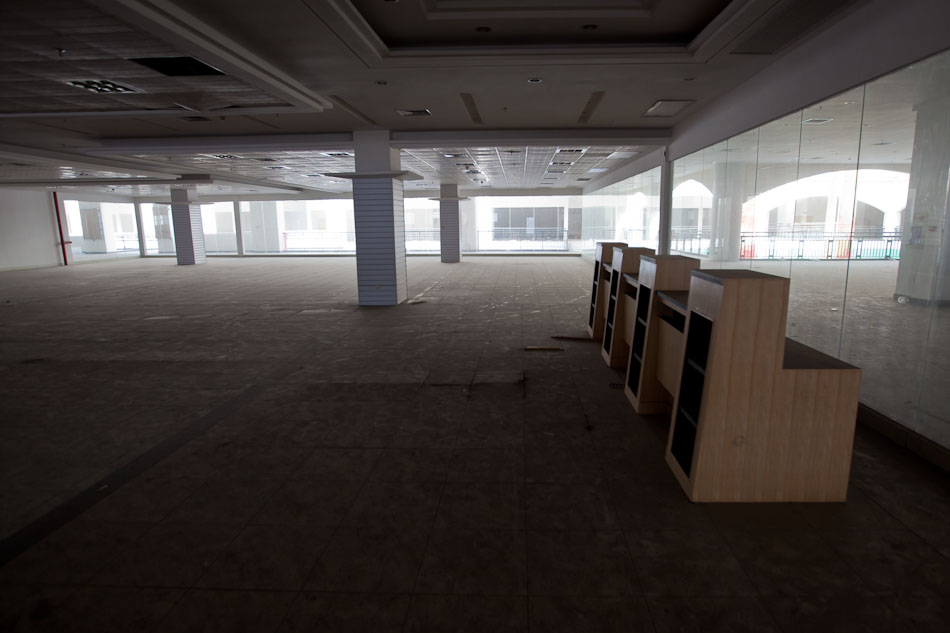
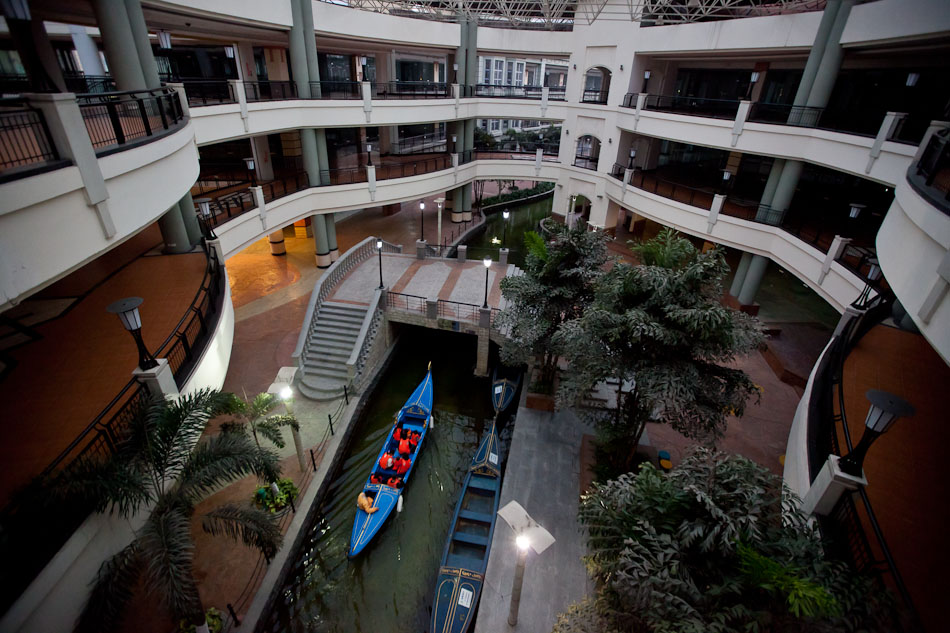

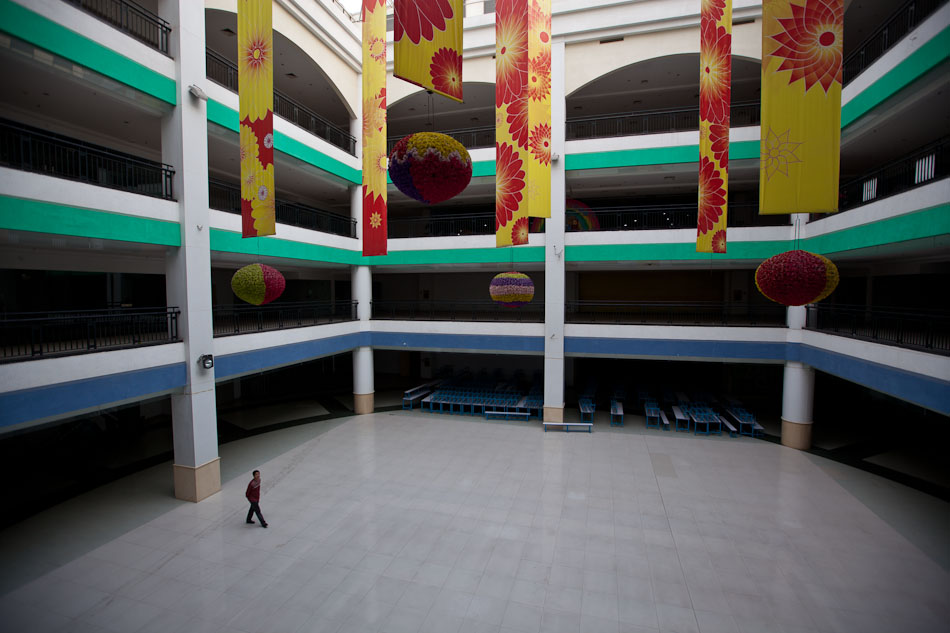
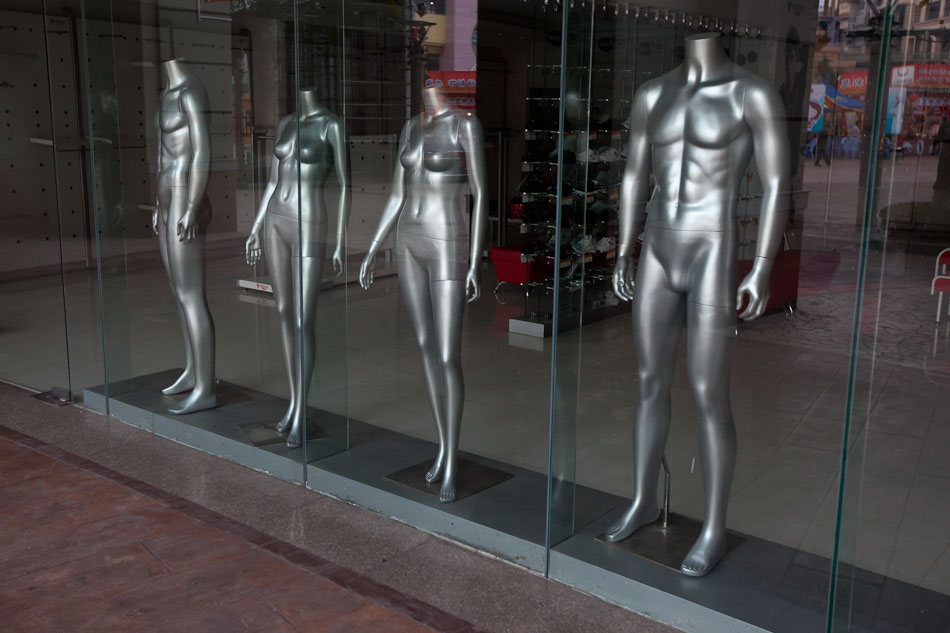
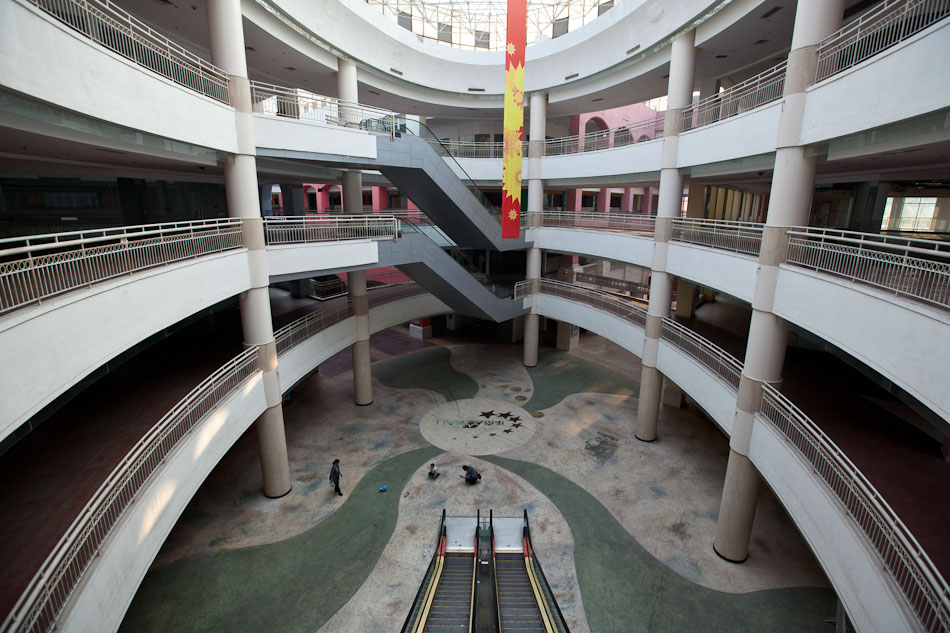
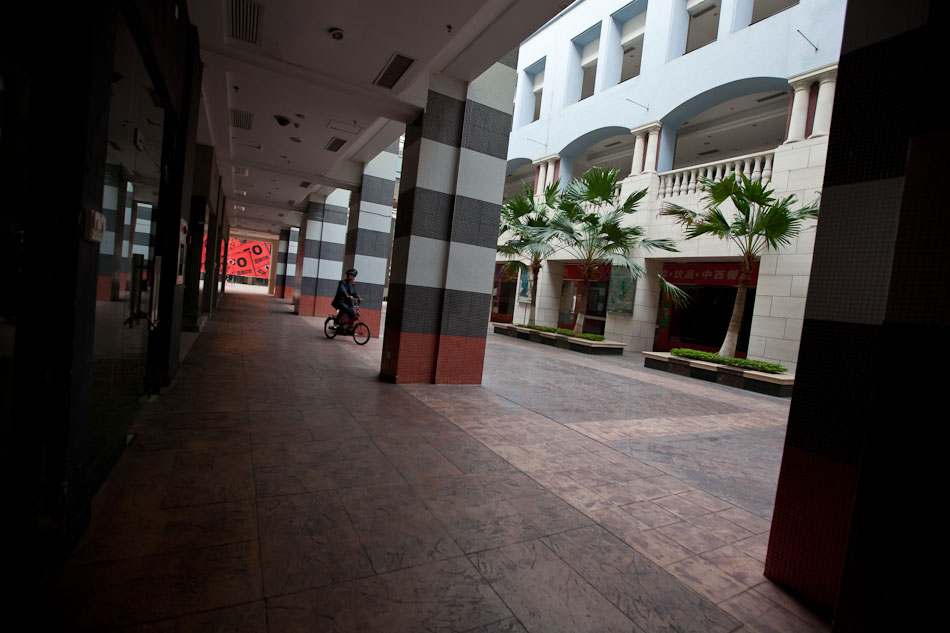
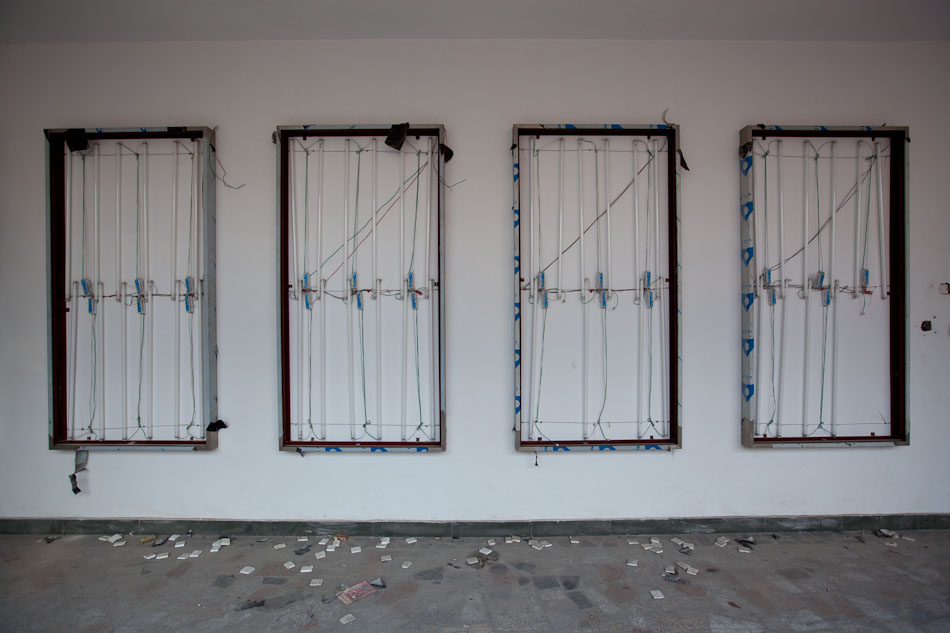
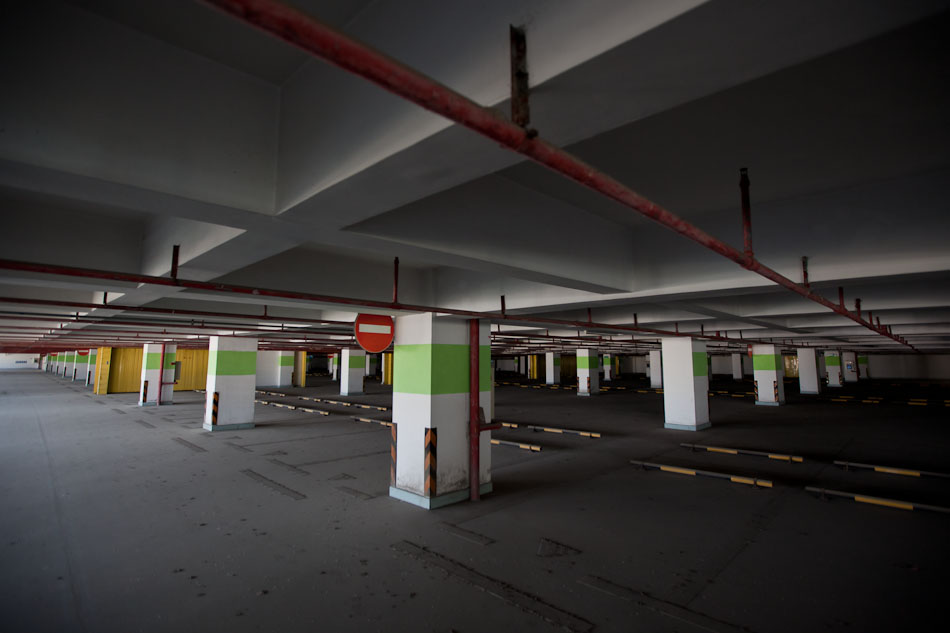
Dec 29, 2010 | Development
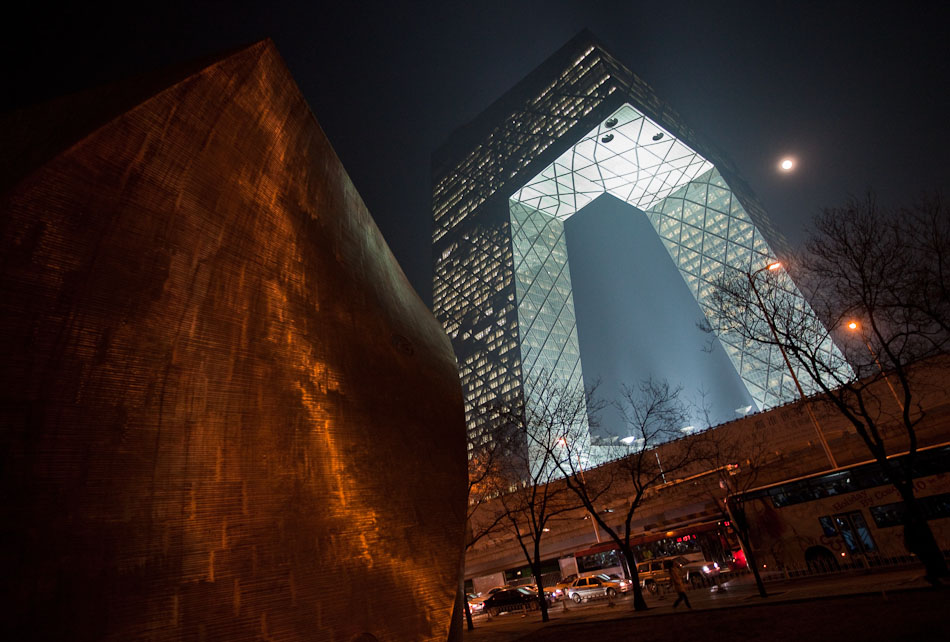
This is just a small note to all the CCTV Headquarters enthusiasts out there. The night time is now the right time to check out the stunning building. After sitting in the dark for the past few years, the authorities that be finally turned the lights on the CCTV Headquarters. Its smaller sister, the Television Cultural Center which was supposed to house the Beijing Mandarin Oriental Hotel, still sits in ignoble darkness as repairs begin after the devastating fire that gutted the building last year. For now I must only enjoy half the CCTV complex lighting up the Beijing skyline.
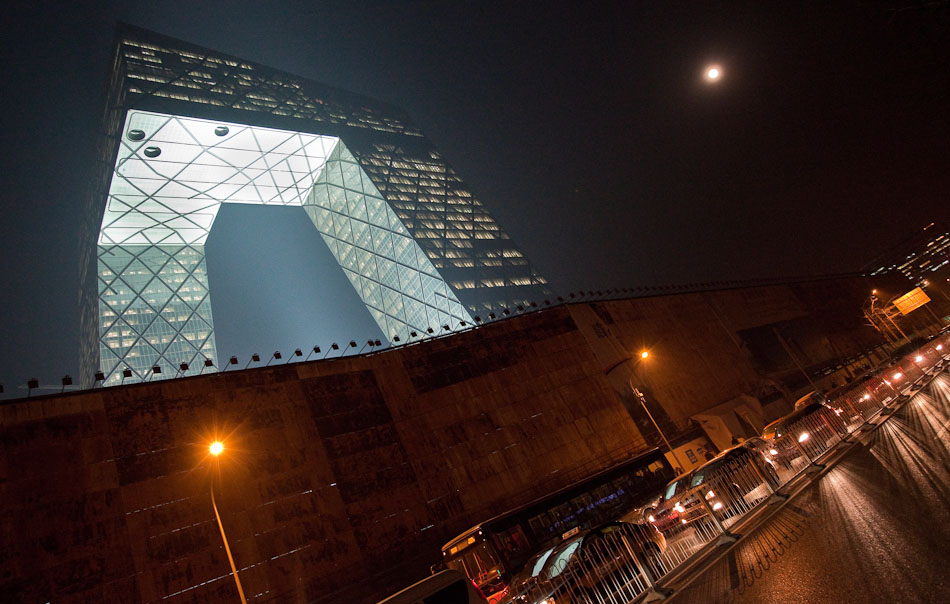
Oct 19, 2010 | Development
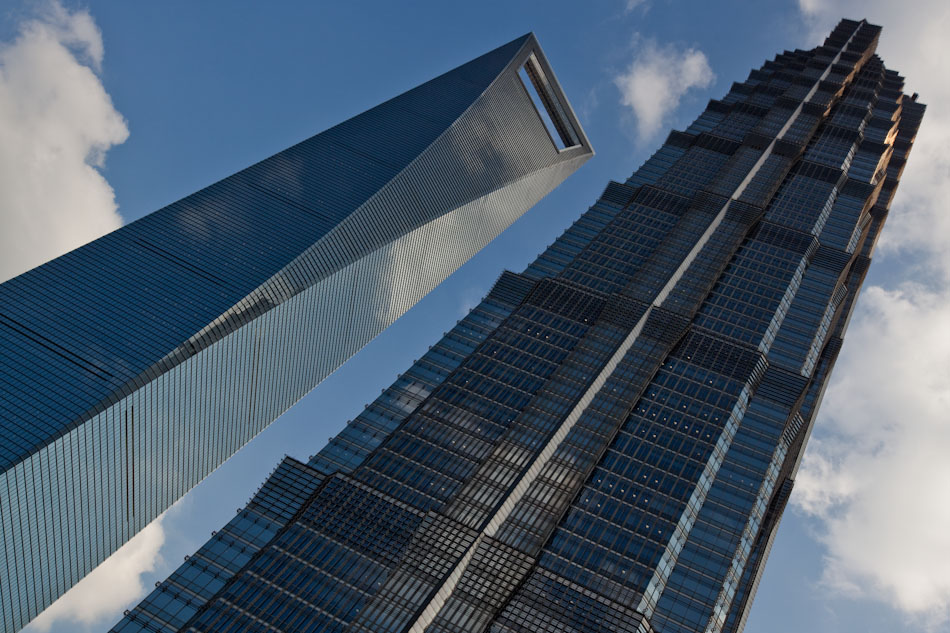
The Shanghai World Financial Center (SWFC) is a marvel to behold. Rising above the equally impressive Jin Mao Tower, its graceful arches reach 101 stories, the second-tallest building in the world. The SWFC also ranks as number one for the highest occupied floor in the world, beating out the Burj Khalifa in Dubai, and sports the world’s tallest observation deck. The Observatory Bridge runs along the top of the trapezoidal opening near the apex of the SWFC and offers generous views of Shanghai on all sides. During my trip earlier this month, I picked a particularly clear day to visit. The light hitting the Pudong side was the best and offered uninhibited views of the vast urban sprawl that now characterizes the edges of Shanghai.
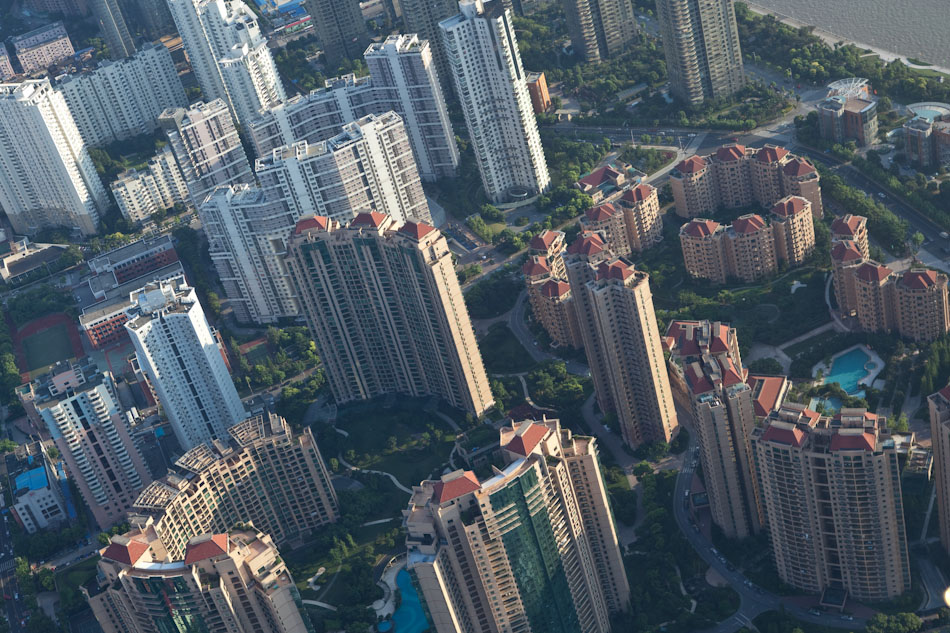
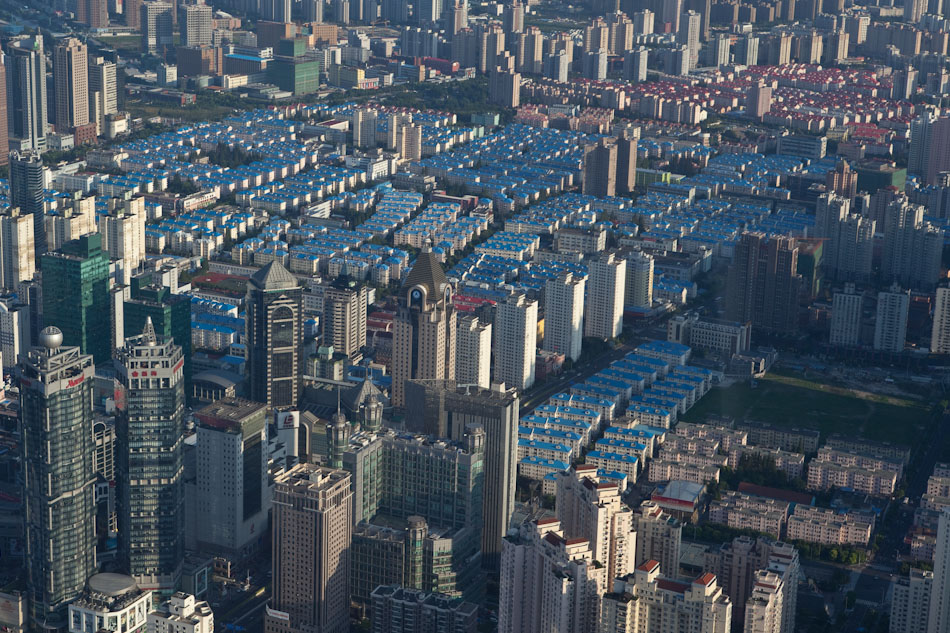

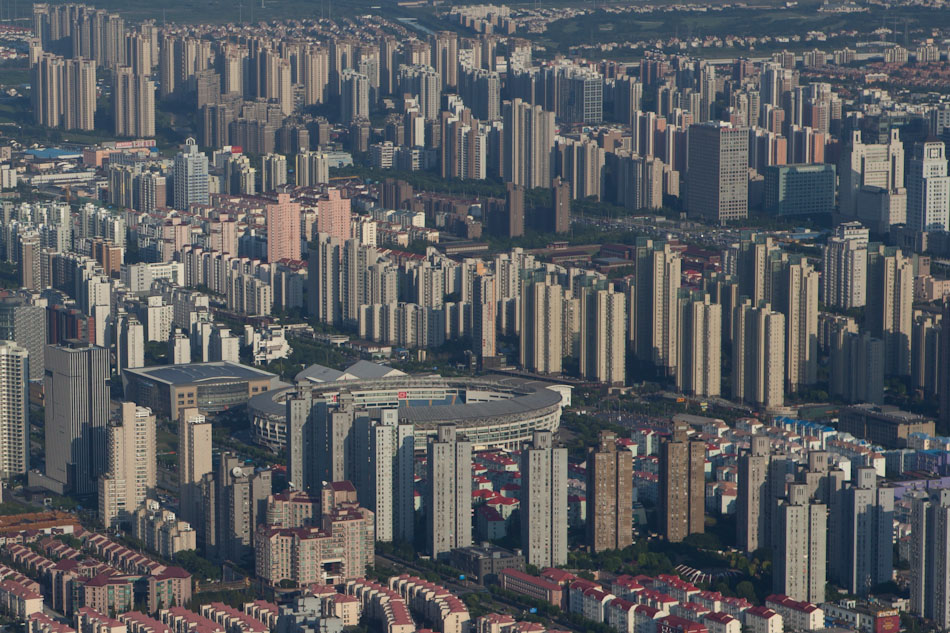
Sep 14, 2010 | Development

Last month I contributed both video and stills for a New York Times article on the potential redevelopment of the Gulou area immediately surrounding the Drum and Bell Towers (see my previous post for more details). Fortunately it seems like the project has been shelved. While newspapers like the Telegraph report that the project was halted due to pressure from preservation organizations such as the Beijing Cultural Heritage Project, it was most likely stalled due to the Chongwen and Dongcheng district governments merging this summer. Although this part of Gulou might be safe for now, the northwest corner pictured above was already destroyed this past year to make way for a new transportation center. This problem will not go away as many development projects still threaten the last remaining hutong areas in the city.
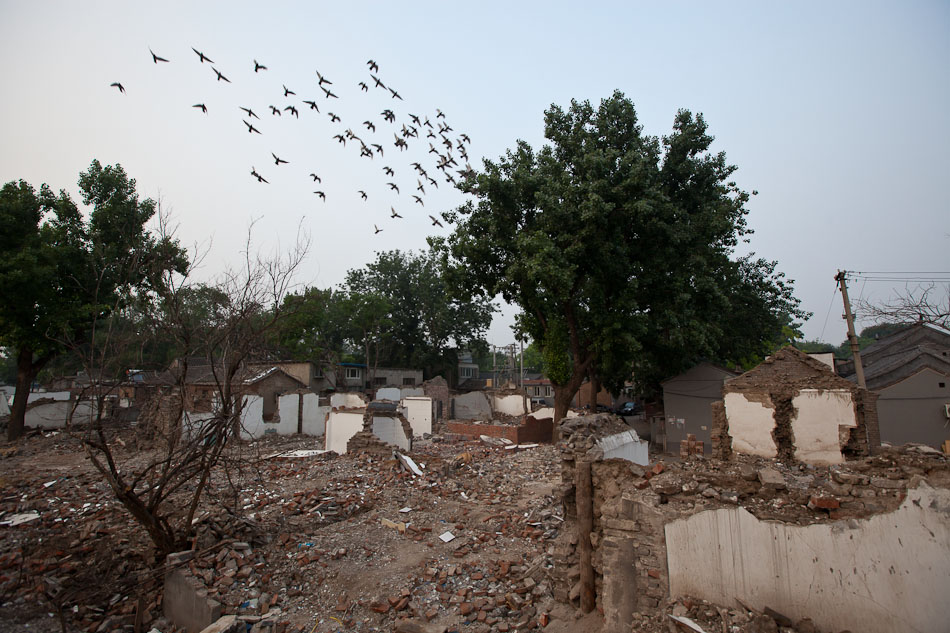
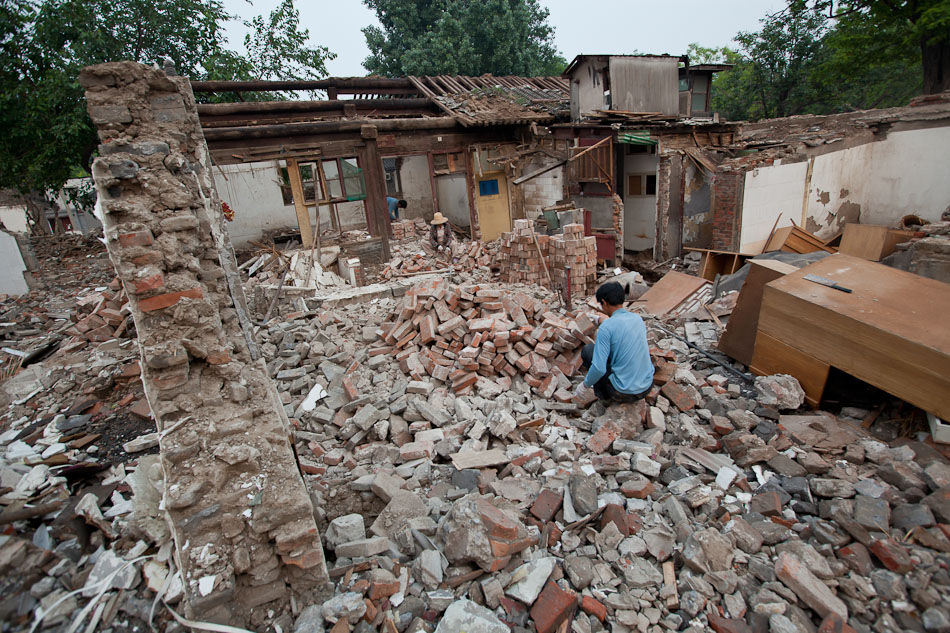
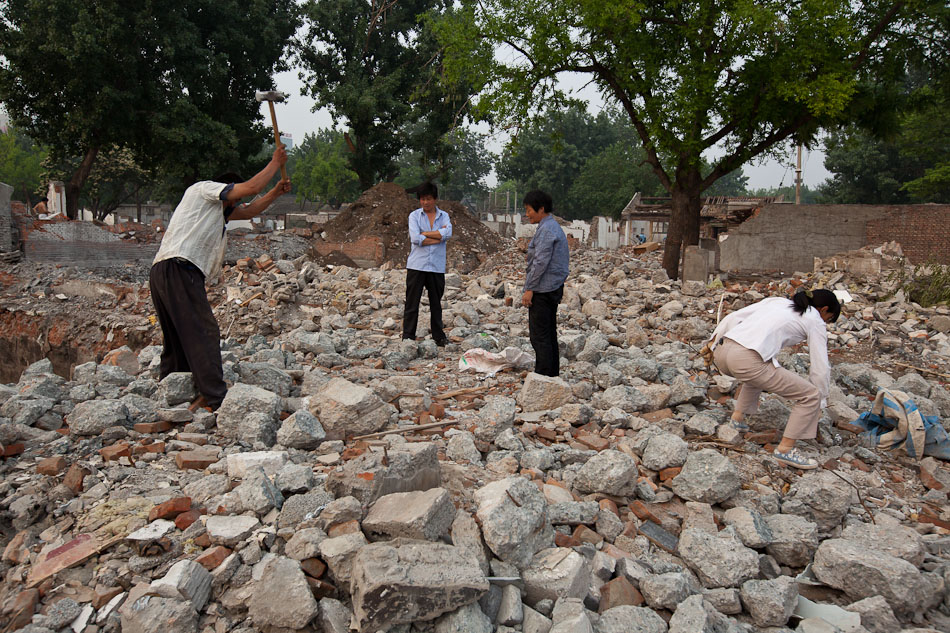
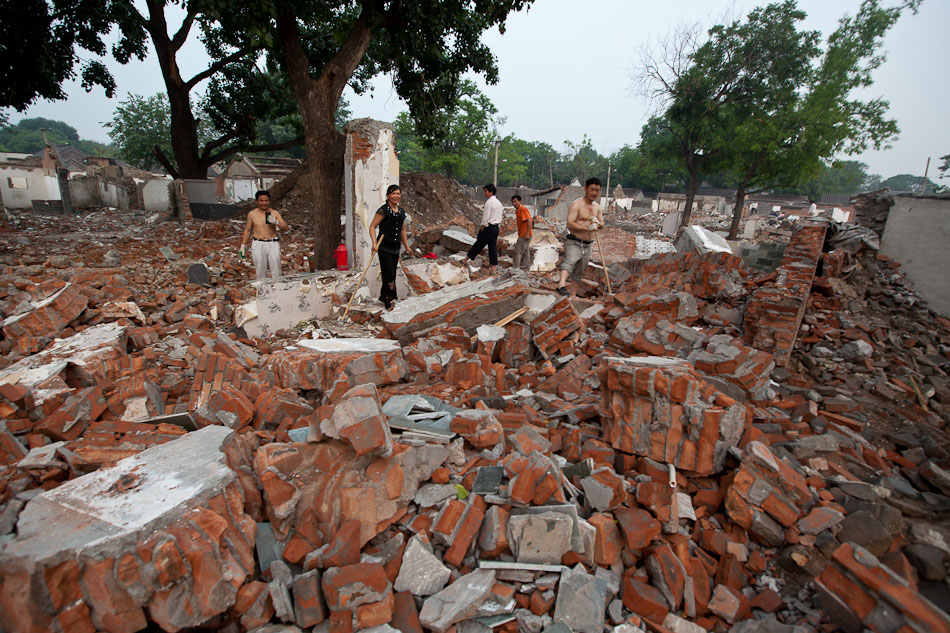
Aug 28, 2010 | Architecture, Clippings, Development
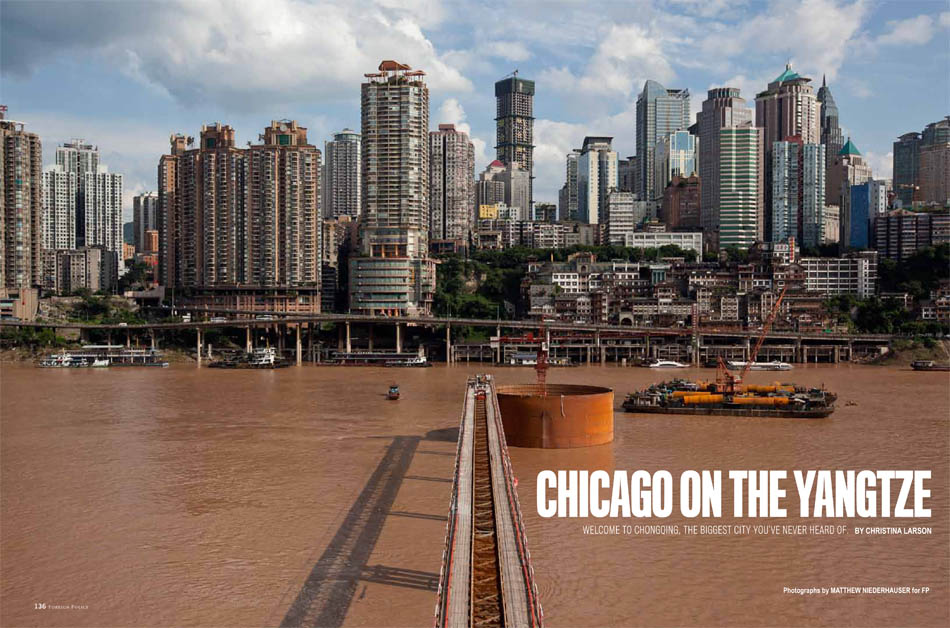
It seems that my recent photo essay on Chongqing for Foreign Policy is getting mixed up with a surge of attention focused on the fastest growing city in the world. Both James Fallows and Wired’s Raw File mentioned my work, and there is another excellent piece posted by Caixin entitled Chongqing’s Call to Urban Conversion. Chongqing is easily one of China’s (if not the world’s) greatest experiment in urbanization. How these fledgling city slickers decide to dwell in their newly minted megablocks will set new precedents for living standards across western China. It’s going to be interesting to see whether or not such rampant growth will hit a wall by 2020 when the population of the city center is supposed to reach up to 20 million people. Also, see fellow INSTITUTE artist Nadav Kandar’s photo essay Yangtze, The Long River – easily some of my favorite imagery of the beast that is Chongqing.
